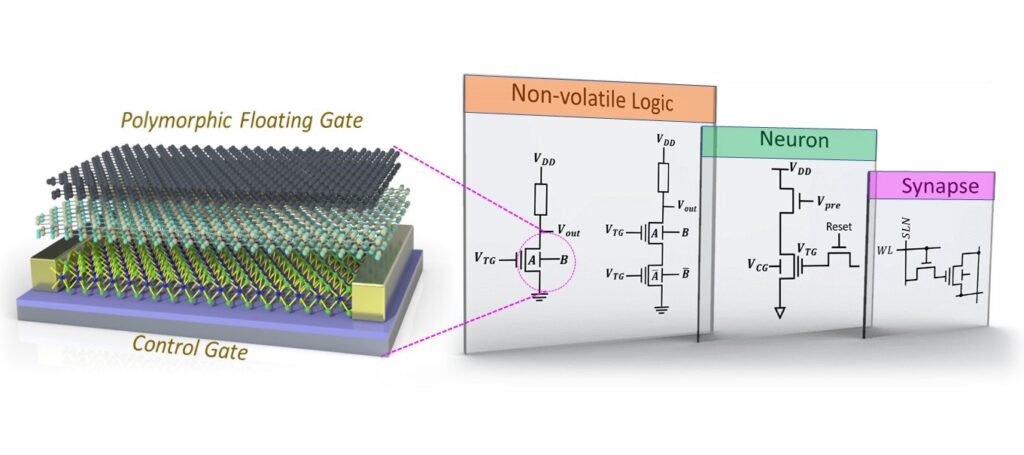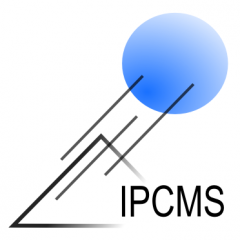As the miniaturization of traditional silicon-based electronics nears its physical limits, the semiconductor industry faces mounting challenges: energy inefficiency, data bottlenecks in von Neumann architectures, and inflexible hardware for AI-driven tasks. Emerging applications like autonomous systems, IoT, and real-time learning demand a radical shift in how computation and memory are integrated at the nanoscale.
Developed by an international consortium of leading institutions including Université de Strasbourg, Institute of Nanotechnoly of Lyon, Université Paris-Saclay, and the National Institute for Materials Science (Japan), we are excited to present a new achievement in nanoelectronics: The Van der Waals Inverted Floating Gate Field-Effect Transistor (IFGFET) — a novel device topology that bridges logic, memory, and neuromorphic computing in a single architecture.
This innovation leverages Van-der-Waals heterostructures, combining ReS₂ semiconductors with a top polymorphic floating gate and a bottom control gate. This topology makes it possible to access the floating gate and leads to a better electrostatic control of the channel compared to the traditional topologies.
In addition, this technology provides game changing features such as:
- Dual-mode functionality: Operates as a reconfigurable logic gate and a non-volatile memory element.
- Neuromorphic capabilities: Emulates synaptic behavior with 92% ANN accuracy and supports spiking neuron circuits.
- Compact and secure design: Enables on-demand, programmable AI circuits with inherent data security through self-erasing memory.
- Enhanced electrostatic control: Inverted topology boosts performance compared to conventional FGFETs by optimizing gate-to-channel coupling.
This reconfigurable device may unlock new frontiers in in-memory computing, neuromorphic and spiking neural network, and secure AI hardware.
👉 Read the full article in ACS Nano: Link to article
Contact : dayen@unistra.fr




